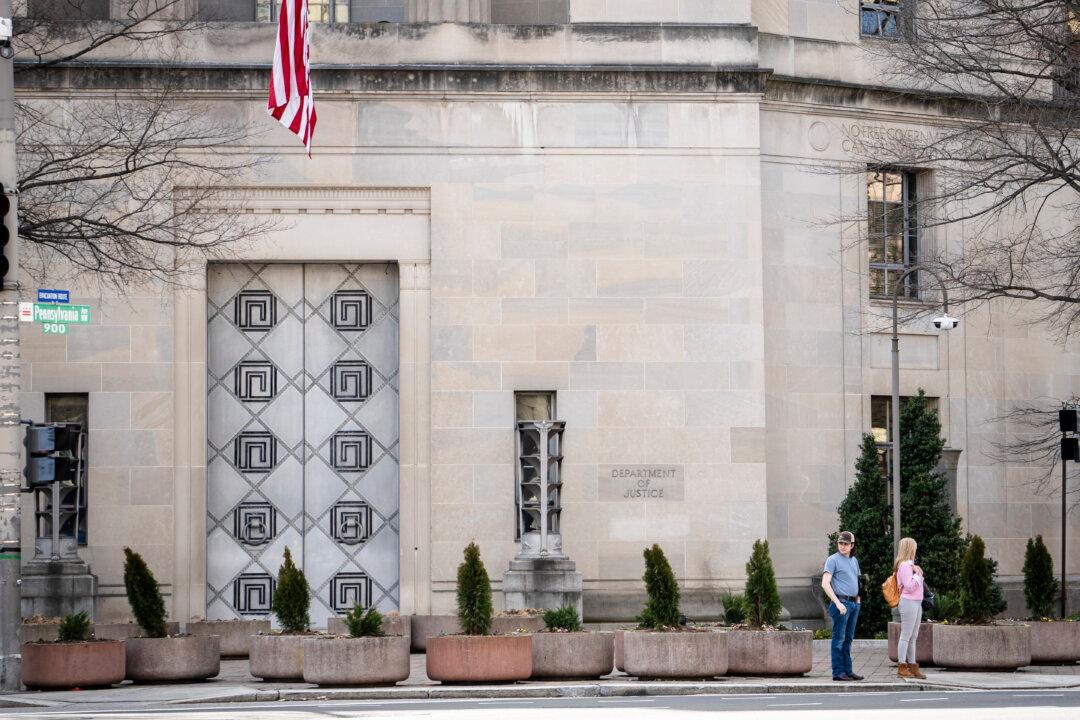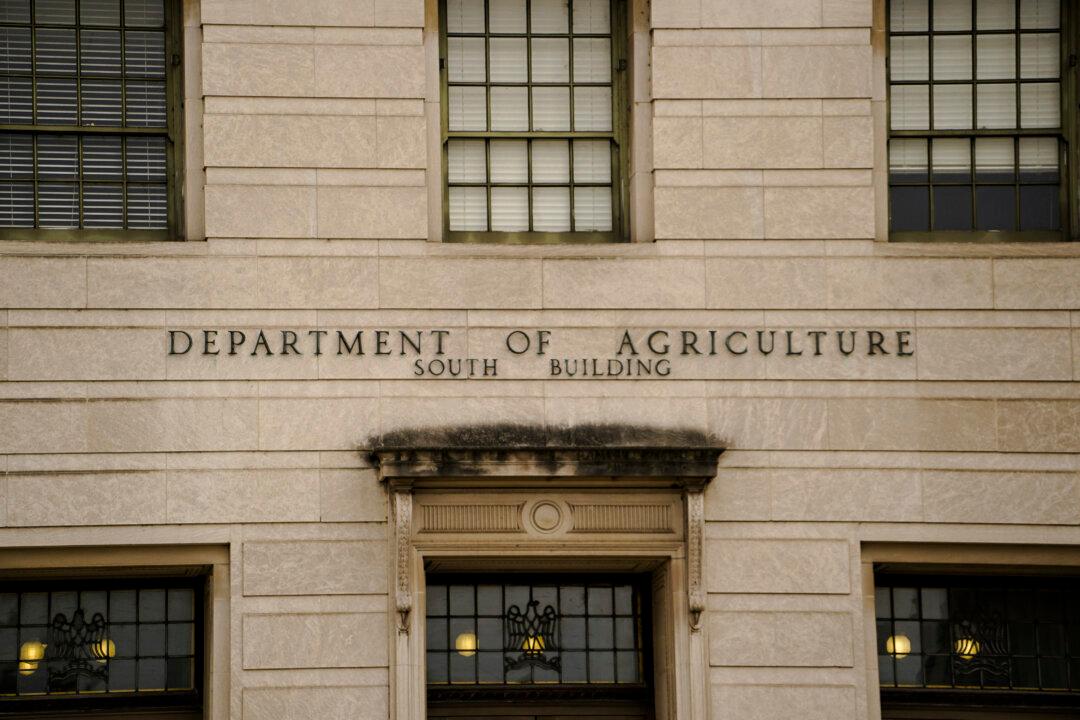The adoption of a new mascot for a Portland, Oregon, high school has been delayed because officials believe using a tree could be connected to the history of lynching in the United States.
Ida B. Wells-Barnett High School, which was recently renamed from Woodrow Wilson High School, is also in the process of changing its mascot to an Evergreen from a Trojan.
“Evergreens are characterized by the life-giving force of their foliage, the strength of their massive trunk, and the depth of their roots—in an individual tree and as a forest of trees,” Ellen Whatmore, a teacher and mascot committee member at the school, read from a resolution during a March 30 meeting.
“They provide shelter and sustenance. They have histories that preclude us and will continue in perpetuity after we are no more. This symbolic choice is grounded in the spirit of Portland, and is representative of Ida B. Wells Barnett’s legacy.”
There was “loud and clear support” across the school for the new choice, she said.
The vote on the resolution was delayed, though, because Portland Public Schools Board of Education Director Michelle DePass was worried about trees being used for lynchings in the past.
“I’ve heard from a couple of community members now about the idea of using a tree—which, of course, I mean, personally, I love evergreens, I’m from Oregon—but using a tree that’s used to lynch people in our mascot, if there was any consideration as to the imagery there, that we’ve all seen from people hanging from trees and using this mascot,” she told the meeting.
“Because I think that, you know, everyone comes with blind spots. And I think that might have been a really, really big blind spot. That just wasn’t considered,” she added.
Filip Hristic, the principal of the school, told board members that Wells-Barnett’s family has been supportive of promoting the legacy of Wells, although he hadn’t spoken to them about the mascot issue.
“Ida Wells has a very particular connection to Woodrow Wilson, which we thought was a wonderful counterpoint to the history that we were trying to both surface and move away from. And it was somebody who stood strong and stood proud against what Woodrow Wilson and many others, like him have promoted,” he said.
“And so we felt like she was a very appropriate choice for us in response to his legacy. And in choosing the mascot, as we looked around our community to see what is most prominent, what is most reflective of where we are, evergreen seemed like an obvious choice.”
Hristic added that “the last thing I would want is to inadvertently cause harm, or to in any way be associated with what she devoted her life to fight against,” telling DePass that she was “raising, clearly, an important question.”
Martin Osborne, another board member, responded by saying: “The idea of symbolism and imagery in the United States history is fraught with different ways that it can be taken. So ... our choice of the evergreen had nothing to do with the horrible history of lynching in the United States. Lynching trees typically are not evergreens.
“We were looking at the symbolism more as a tree of life than a tree of death. And you could certainly take it either way, depending upon your position.”
DePass said she wanted the board “to do our due diligence” and implored her white colleagues to side with her “in disrupting situations, practices that are racist.”
The vote on the resolution to adopt the evergreen as a mascot was ultimately delayed after members said they wanted to consult Wells’s family members about the decision.
“Ida B. Wells Barnett devoted her life to stopping lynching as she described it as ‘our national crime.’ And so it seems prudent, just to before we make this sort of long term, lasting decision, to just check in, since it wasn’t considered as part of the earlier discussions. That’s what I'd be most comfortable with,” board member Julia Brim-Edwards said.





